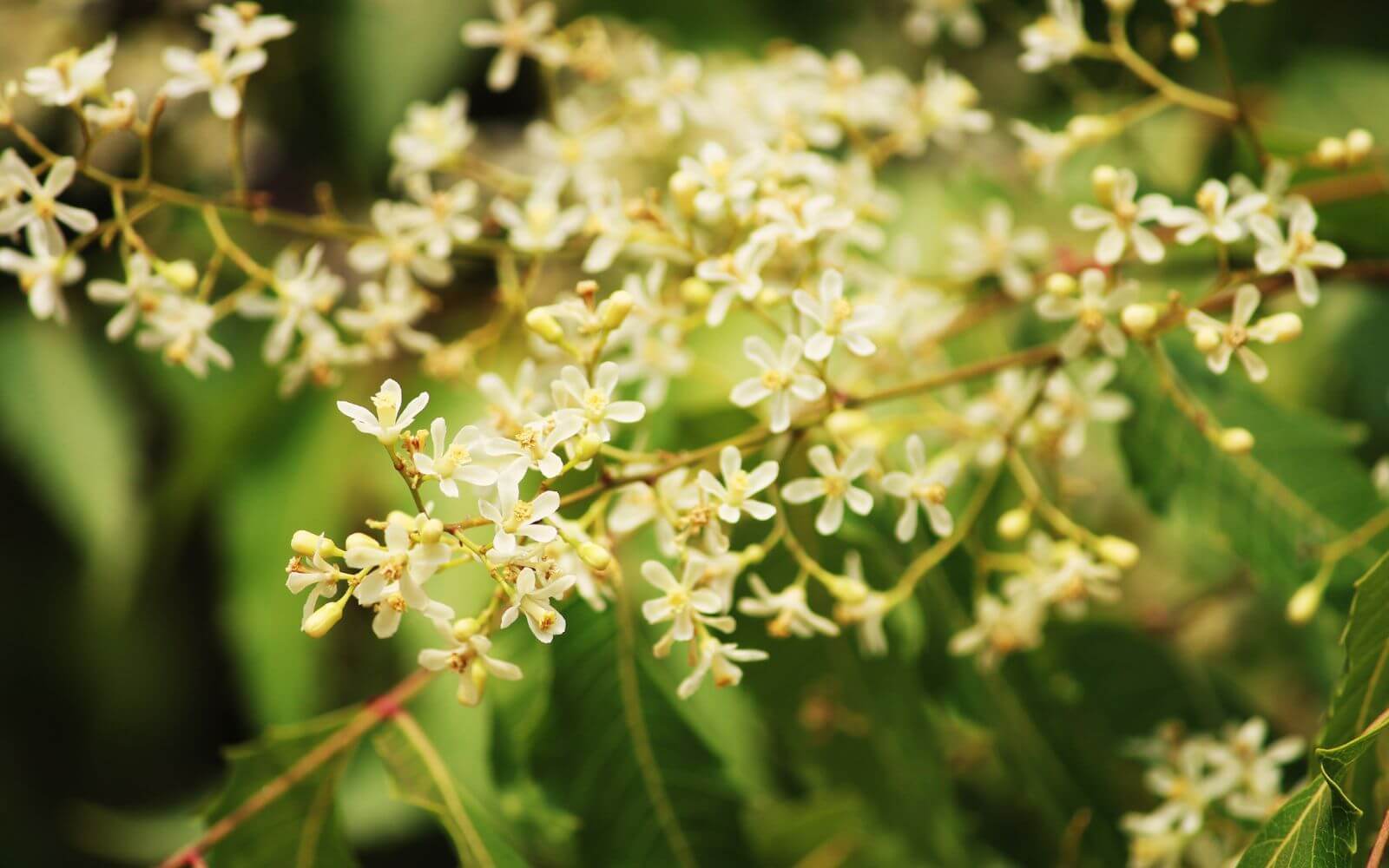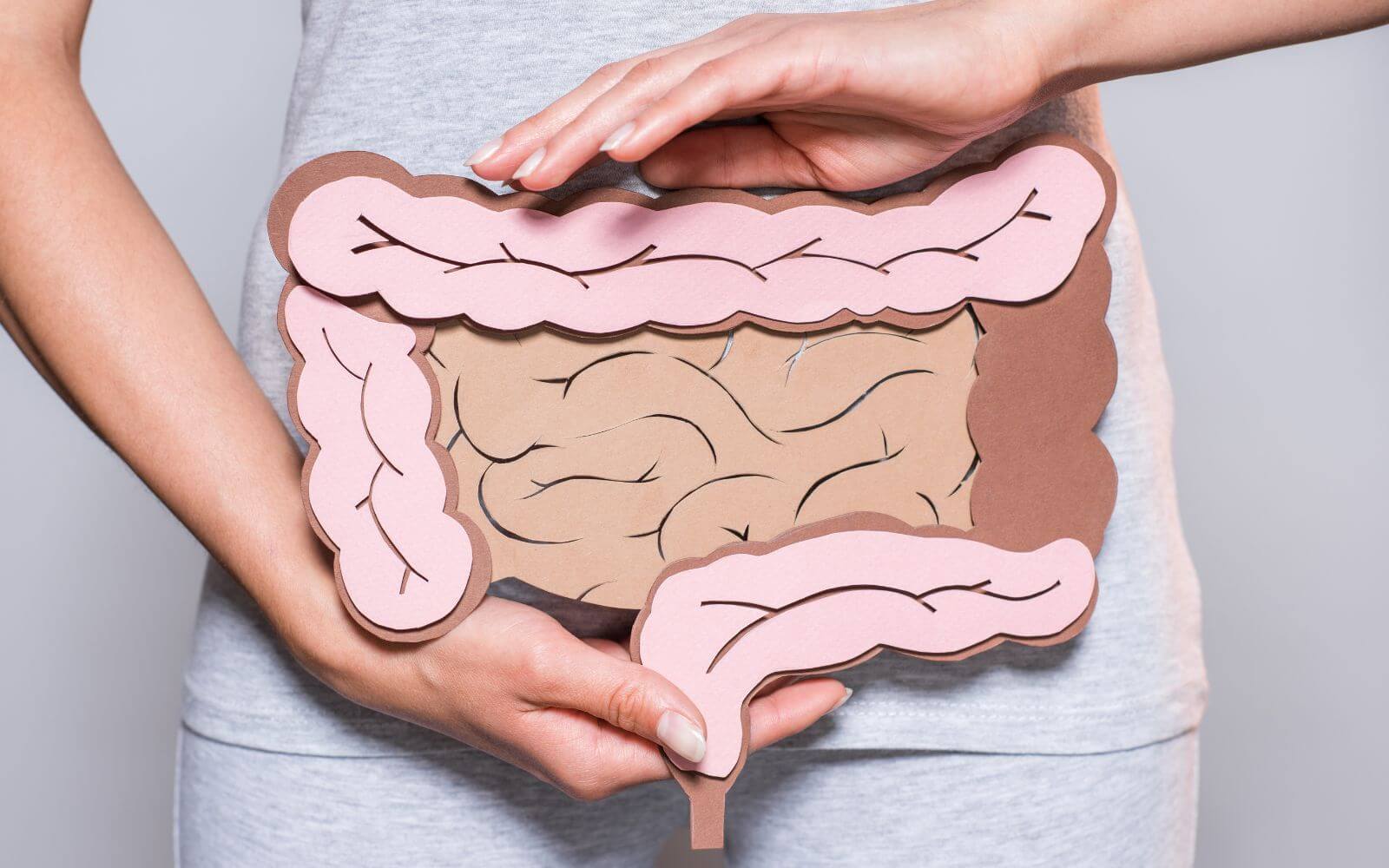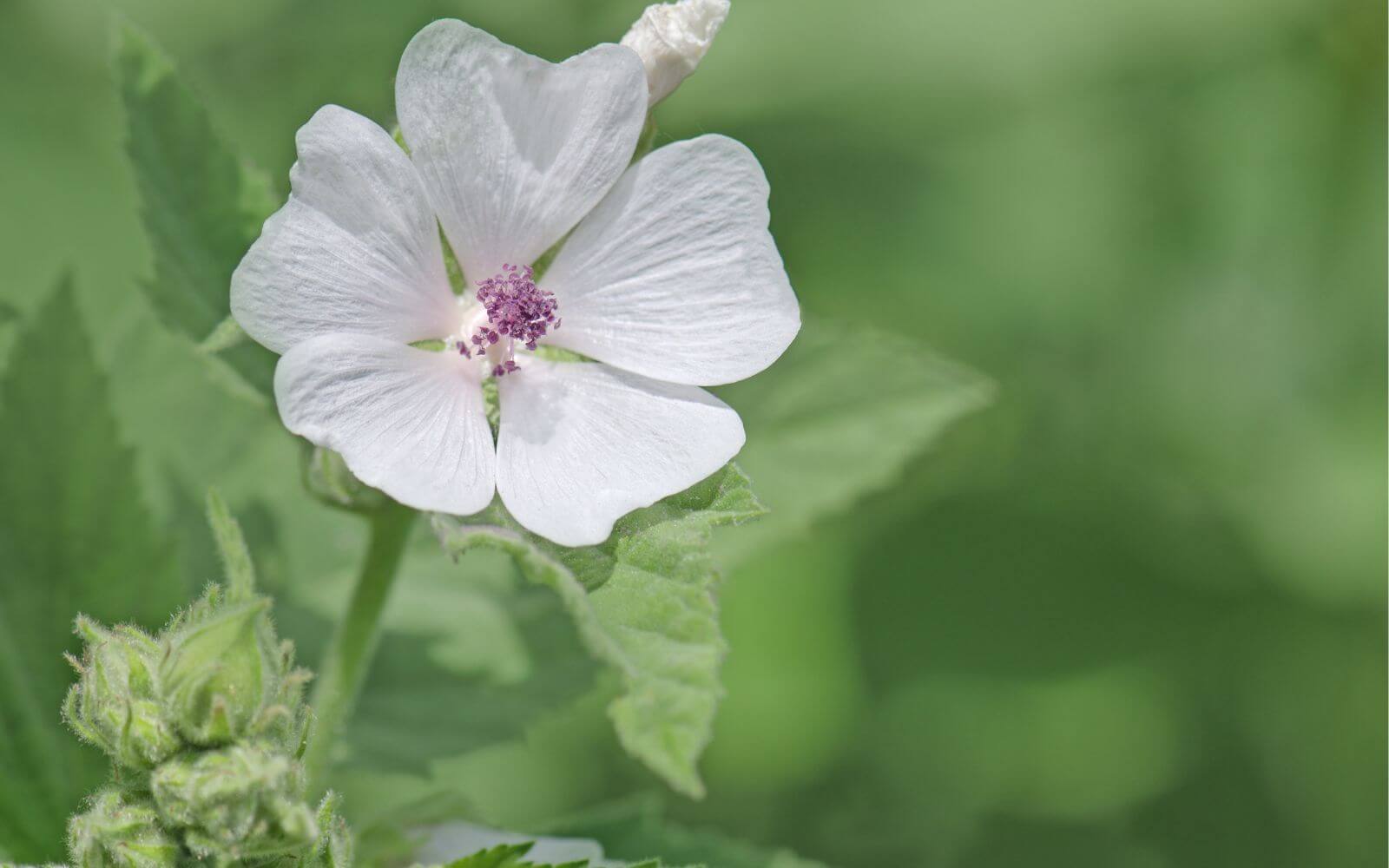
A blaze of color in the sky – this makes fireworks shine
As soon as the fireworks start on New Year’s Eve, the sky is covered with colorful lights. A shower of sparks, colorful fountains of light, accompanied by loud bangs – for many people, all of this is as much a part of New Year’s Eve as the Christmas tree is to Christmas. But how exactly do these effects arise?
Black powder – the fuel for New Year’s rockets
Let’s take a leap into the past. Even in ancient China, people filled bamboo tubes with a mixture of sulfur, saltpeter and potassium nitrate – and the firecracker was invented. In Arabia, black powder was discovered in the seventh century, and became the fuel for rockets.
As soon as you ignite a rocket, physical and chemical processes take place. The contact of black powder with fire causes an exothermic chemical reaction. Large amounts of gas are released instantly – these include nitrogen, carbon monoxide and carbon dioxide.
The shape of the rocket plays a major role here because the gases can only escape in one direction and make it take off. In the following, while the rocket hisses towards the sky, the fuse inside slowly continues to burn until it reaches the main part. This contains another charge of black powder, supplemented by the ingredients that provide the desired lighting effects.
The firework charge of metal salts
Once the rocket has reached the optimal flight altitude, the fireworks charge, which consists of metal salts such as perchlorates, chlorates and nitrates, ignites. Reducing substances such as carbon or sulfur are also included. Combustion causes the metal salts to react, producing nitrogen dioxide and carbon dioxide. Intense heat and rapid gas release create a loud bang, the shock wave spreads faster than the sound – a sonic boom is created. The energy of the explosion excites the electrons of the metals, causing them to jump to a higher energy level. Only when they leave this level again they release the energy in the form of luminous effects.
But how does color come into play? And what determines the shape of the effects? Colors in fireworks are usually generated by so-called pyrotechnic stars. The shape depends very much on how the metal salts were packed in these stars. For a shower of stars, the ingredients are packed into small compact balls. They ensure that the ingredients stay together longer during the explosion and later glow in the form of small lumps.
Natural elements ensure a play of colors
And now on to the color. All of the chemical substances used have one thing in common: they belong to the alkali metal or alkaline earth metal group in the periodic table of elements. All of these elements only occur in nature in a bound form, because their atomic structure is considered to be very reactive. As a result, they absorb energy extremely well and then emit it again in the form of colored light. Potassium or sodium, for example, would self-ignite in air – for this reason they are mainly used in bound form.
And these are the substances that give the fireworks their colorful splendor:
- Strontium – bright red
Strontium nitrate
Strontium carbonate - Lithium – red
Lithium chloride
Lithiumcarbonat - Calcium – orange
Calcium chloride - Sodium – yellow
Sodium oxalate - Potassium – purple
Potassium nitrate - Magnesium – silver/white
Magnesium shavings - Barium – green
Barium nitrate
Barium chloride - Copper – blue-green
Copperchloride
Copper oxide





 4c media
4c media